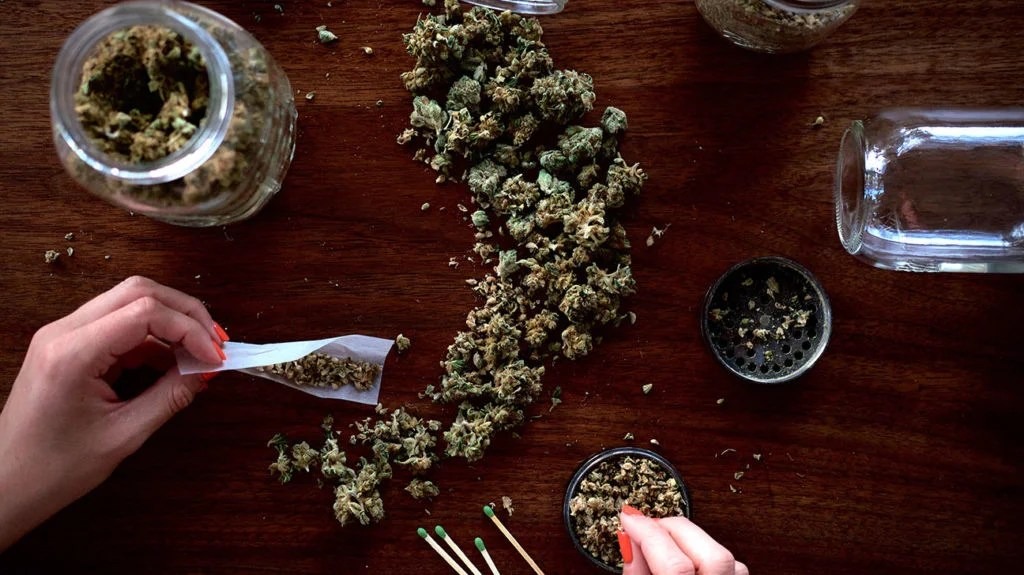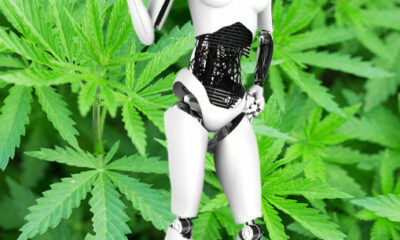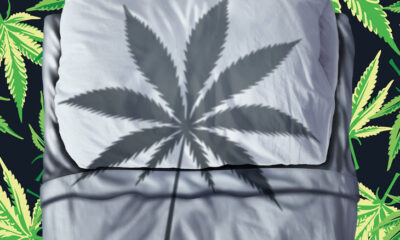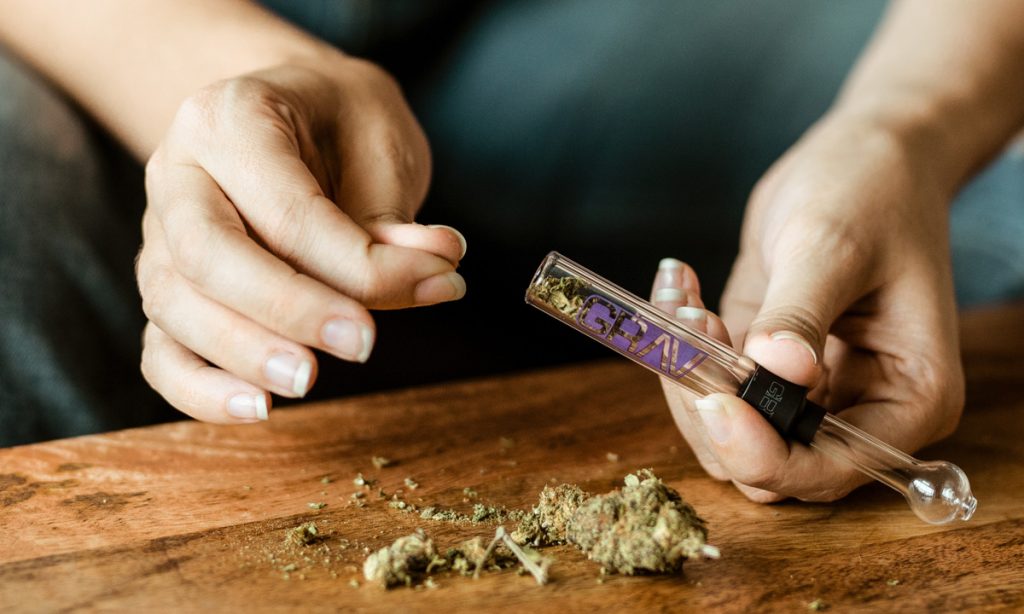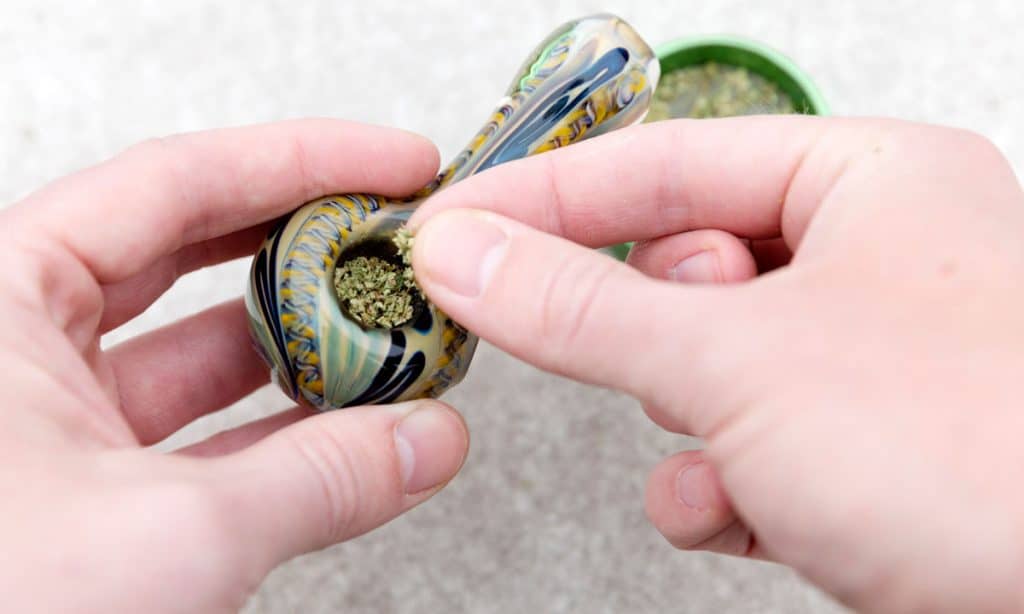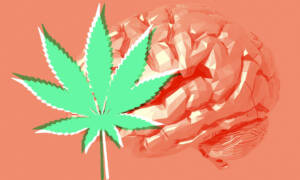Legal cannabis in your state means higher rates of cannabis use disorder, says a new study published in JAMA Network Open.
The researchers quizzed 110,000 patients at Kaiser Permanente in Washington State on their attitudes towards cannabis. They asked five thousand of these patients about their cannabis use.
They included in the study only those who consumed in the last 30 days (1,500 people out of the 110,000).
Of course, one’s BS radar goes off right away. Since they only included those who consumed cannabis in the last thirty days, they’ve introduced a bias in estimating how prevalent “cannabis use disorder” is.
They’ve excluded casual and occasional consumers who do not develop “cannabis use disorder” (CUD). By excluding this group, the study can overrepresent individuals with higher cannabis use patterns, giving the illusion of higher rates of CUD.
But that’s not how some “experts” view the study. They think people underreport their cannabis use. Therefore, the study underestimates the prevalence of CUD.
“Science” has become a religion where studies have replaced holy scripture. But just as the Bible or Qur’an won’t provide insight into “cannabis use disorder,” neither does this published study.
Problems with the “Legal Cannabis = CUD” Study
According to this study, legal cannabis in Washington state leads to more cases of cannabis use disorder (CUD). And it’s not just in Washington.
A 2020 meta-analysis of cannabis use in the US, France, Ireland, New Zealand, Australia, the Netherlands, and Germany came to similar conclusions.
22% of cannabis users will develop CUD in their lifetime. CUD rose from 17.7% in Canada before legalization to 24.3% afterward.
But what does this mean? And how accurate is this information?
For example, this recent study out of Washington State oversampled specific subgroups (“racialized” minorities) to “improve” representation. But all they did was limit the study’s findings to populations with similar demographic characteristics.
Consider its other methodological problems.
Sampling Bias: As mentioned, the study’s authors ignored the data that didn’t fit. They’ve overestimated the prevalence of cannabis use disorder (CUD).
Self-Report Bias: This study relies on self-reported data not only for cannabis use but reasons for use. Self-reporting comes with various problems: recall bias, social desirability bias, misclassification, etc.
Cross-Sectional Design: The study employs a cross-sectional design, which may help eliminate bias. However, it does not establish causal relationships. This study can’t determine whether states with legal cannabis will result in higher rates of CUD. It can’t even establish a temporal relationship.
Confounding Variables: The study adjusts for some demographic factors (such as age, sex, and ethnicity), but they ignore socioeconomic status, mental health history, and access to healthcare. All of which would be important in establishing causal relationships between cannabis use and CUD.
Press X To Doubt
This study tells us nothing objectively true about the world – Legal cannabis means higher rates of cannabis use disorder?
One can see the logic. As if there’s a flu virus, and covering your mouth with a cloth will help prevent the spread.
But sometimes, what seems evident isn’t true. The Earth appears flat, but it’s not. And face masks seem like they should work. But they don’t.
Likewise, there’s no causal relationship between legal cannabis and people having trouble controlling their use. Consider this study’s conclusions.
The study discusses the prevalence of cannabis use disorder, but, as mentioned, this is a cross-sectional study. It does not establish causality. The study’s conclusions imply that non-medical use directly causes CUD, but nothing in the actual research confirms it.
They led with their conclusions and threw out data that didn’t fit.
The study’s conclusion that “patients using for non-medical reasons most at risk of moderate to severe CUD” can only be interpreted as a direct causal relationship between cannabis and CUD.
Rather than what it actually is: a correlation influenced by various confounding factors.
Likewise, the study overgeneralizes the findings. What’s true in Washington State may not be true elsewhere. But, as mentioned, other studies worldwide have come to similar conclusions.
So let’s not mince words: there are cannabis consumers out there who want to stop (or slow down, moderate) but feel like they can’t.
So what’s going on here? Is there a cause of CUD? Or perhaps there are reasons for this feeling of “cannabis use disorder.”
Reasons that an individual can discover from thinking clearly. Once they have done so, they can assess their cannabis use habits (contrary to this study’s worldview) from a mindset that doesn’t feel like a “disorder.”
What Is Cannabis Use Disorder (CUD)?
Do you use cannabis for sleep? Maybe you don’t even like the feeling of THC. But a little gummy an hour before bed, you’re out like a light for eight hours.
Suppose there’s a cannabis workers’ strike or a hacker has shut down the central distribution centre. Suppose, for whatever reason, you run out of gummies and have to go a couple of nights without them.
You’re probably going to have trouble sleeping. Makes sense, right? According to the “experts” of this study, that’s cannabis use disorder.
Do you enjoy recreational cannabis after work? It’s an excellent way of relaxing and safer than drinking alcohol. Of course, if you make it a habit and then go a day or two without it, you may feel a little irritable. Maybe restless. Even nervous or depressed.
That’s CUD, according to the experts.
By this definition, nearly everybody suffers from “Caffeine Use Disorder.” But, there’s no outcry in the media over coffee consumption (despite its negatives for the brain and body).
Of course, caffeine has its benefits too. The same goes for cannabis. There are costs and benefits only you can determine. Cannabis is a substance without any innate power of its own.
But there’s money and power in perpetuating stereotypes that cannabis is addictive and dangerous. Millions have found relief in medical cannabis. Millions more are discovering its therapeutic attributes.
Peaceful and healthy cannabis consumption threatens not only the bottom line of pharma but also police budgets, public health, and other drug war propagandists.
That’s why we’ve seen an uptick in studies warning about “cannabis use disorder.”
How to Solve Cannabis Use Disorder (CUD)
A cannabis habit is just that – a habit. The reported “brain changes” that drugs create are regular changes when you form habits.
Whether it’s smoking cannabis or playing the piano – the brain adapts and changes to make the process easier each time.
Nobody said breaking habits is easy. But are you framing it as a battle for your will? As a disorder or disease of the brain? Or as a preference you freely choose?
The prevalence of CUD is likely to grow as more states legalize cannabis. Not because cannabis is inherently addictive or because it destroys the brains of young people.
None of those things are true. Cannabis is a flower, and flowers can’t overpower your free will.
But when the narrative of “experts” suggests the opposite, those who fall victim to their propaganda will act out what they believe to be true.
In other words, these “public health” experts are causing CUD. Through their attitudes and beliefs, they are creating the very thing they claim to be investigating.
This “cannabis use disorder” study is a testament to that fact.

 Cannabis News1 year ago
Cannabis News1 year ago
 One-Hit Wonders1 year ago
One-Hit Wonders1 year ago
 drug testing4 months ago
drug testing4 months ago
 Cannabis 1011 year ago
Cannabis 1011 year ago
 Marijuana Business Daily1 year ago
Marijuana Business Daily1 year ago
 Education1 year ago
Education1 year ago
 Education1 year ago
Education1 year ago
 Cannabis1 year ago
Cannabis1 year ago


